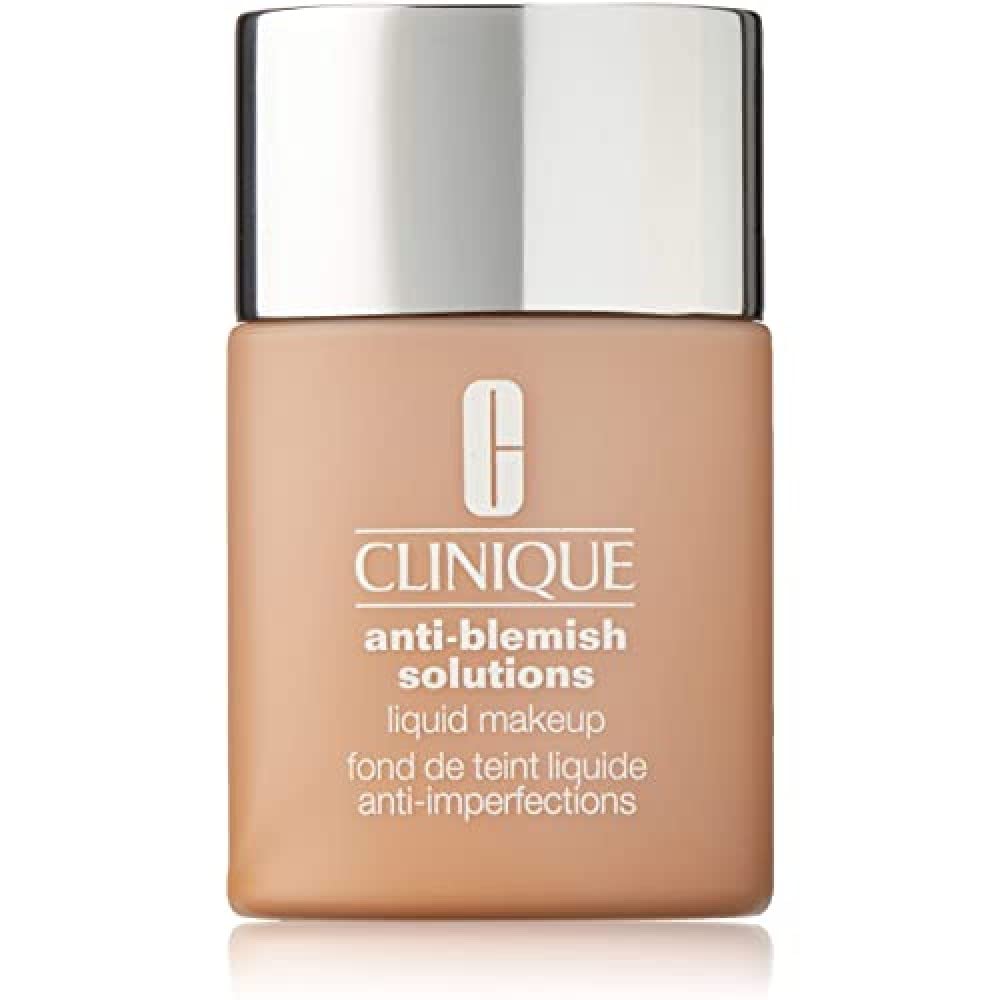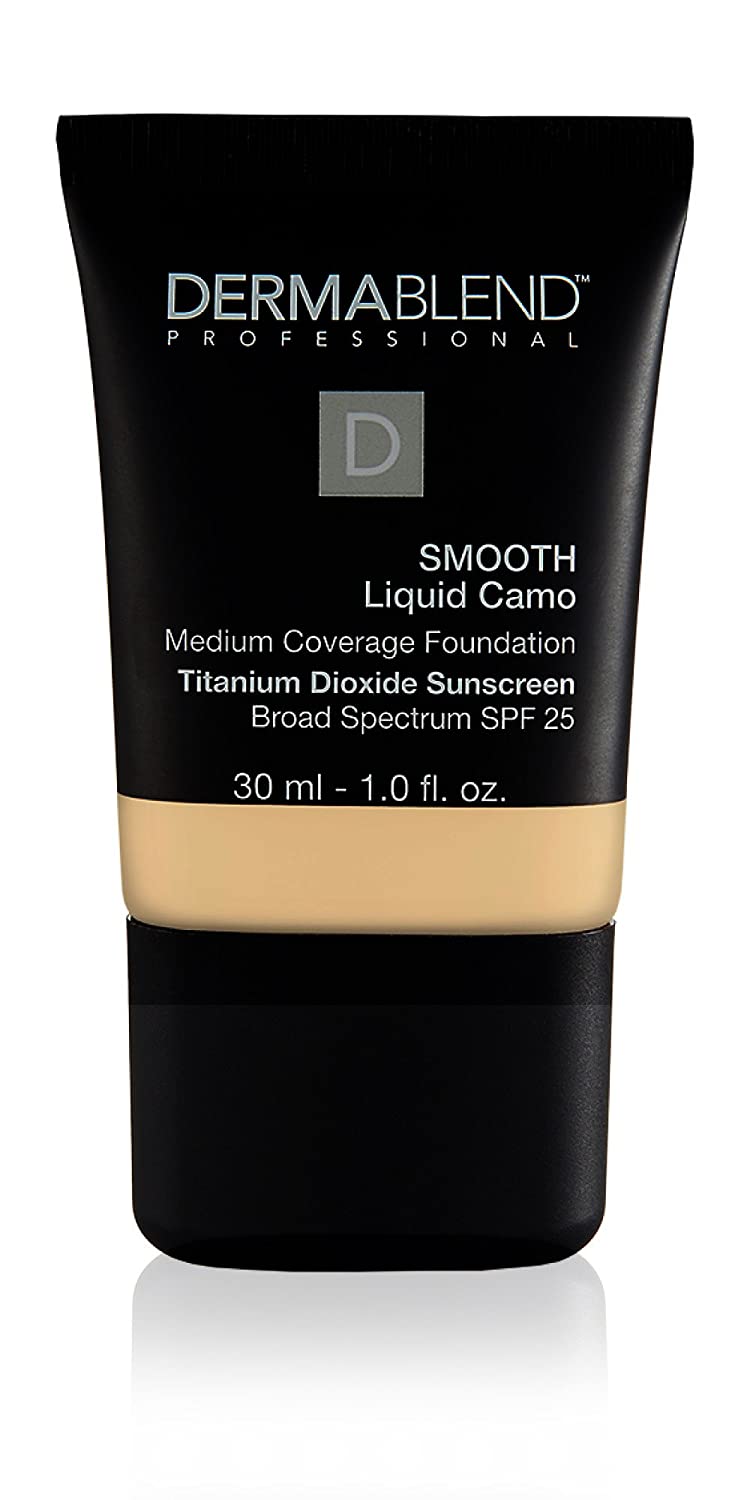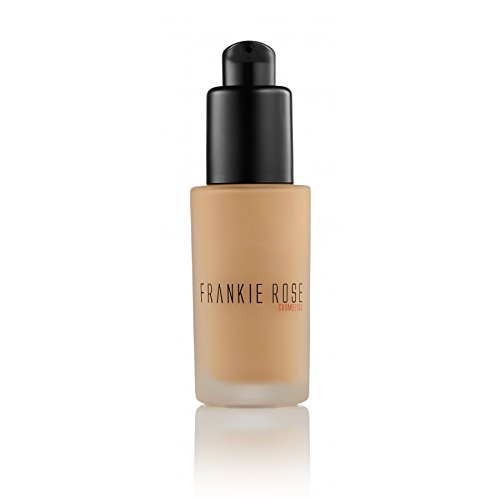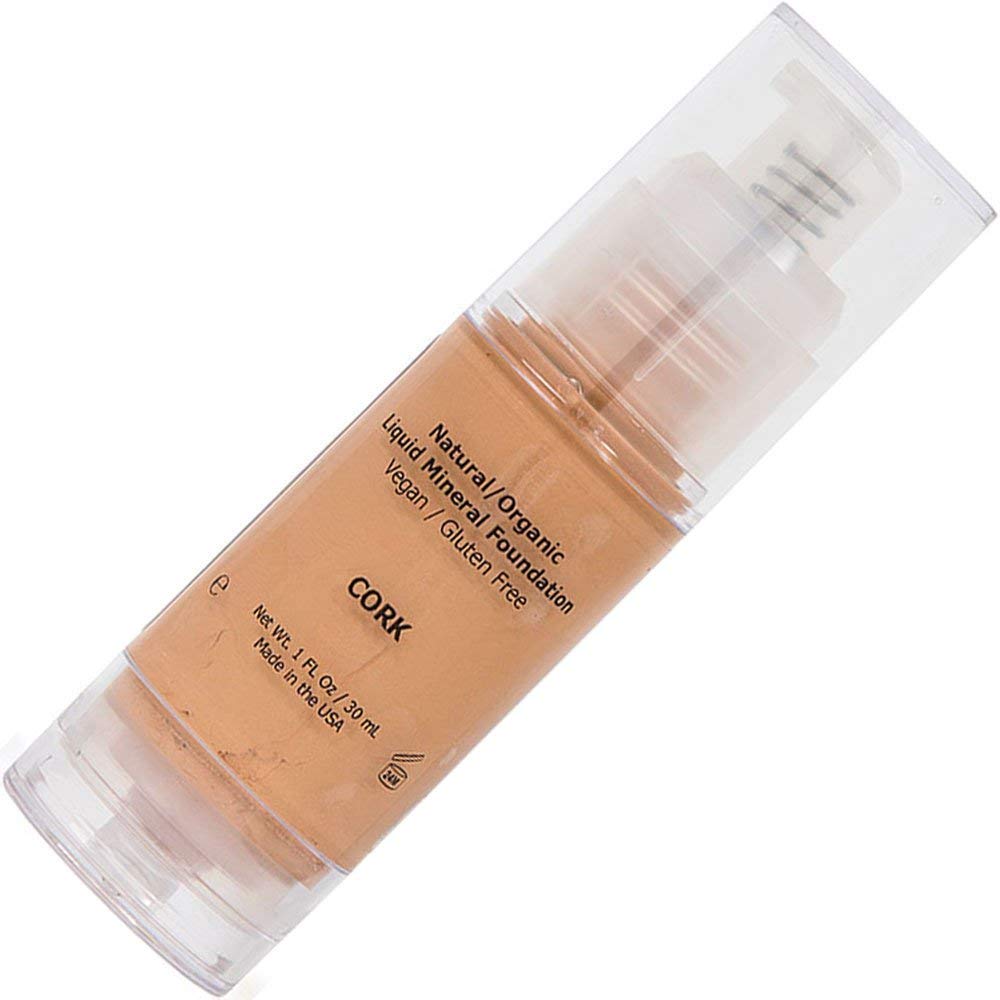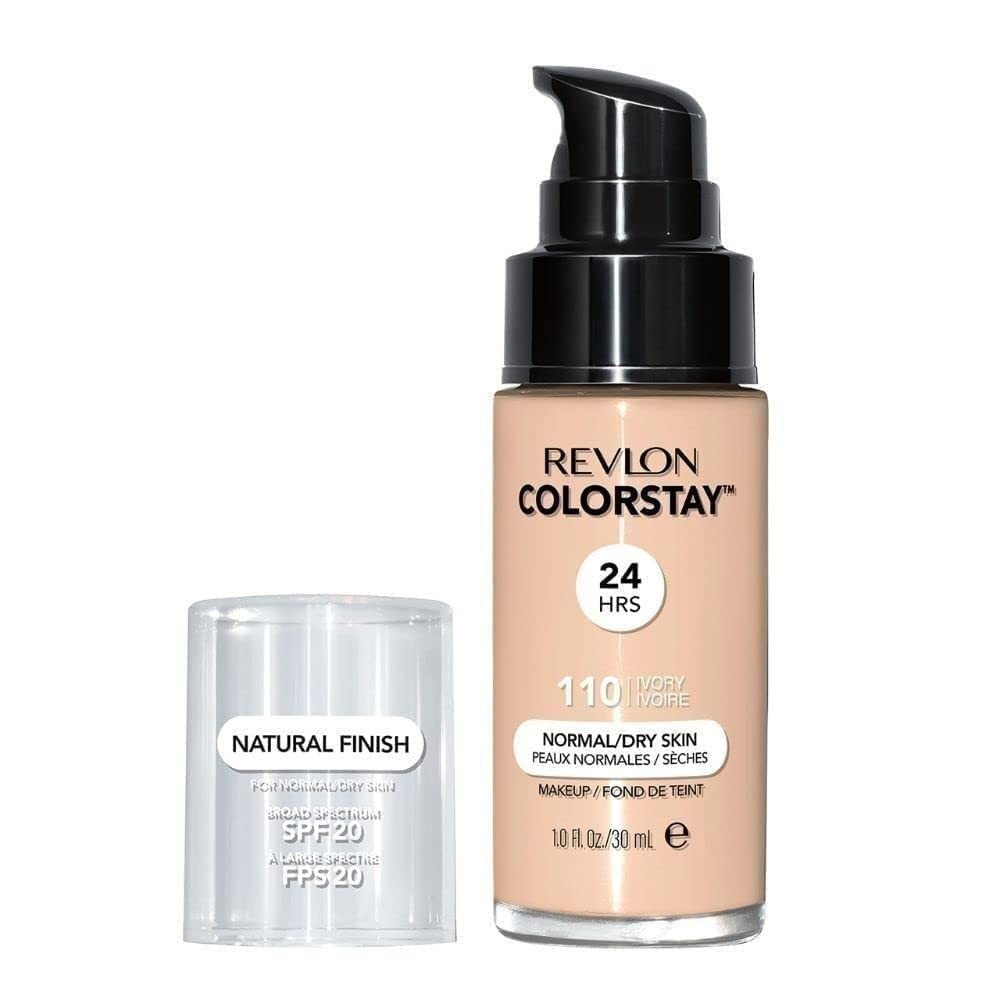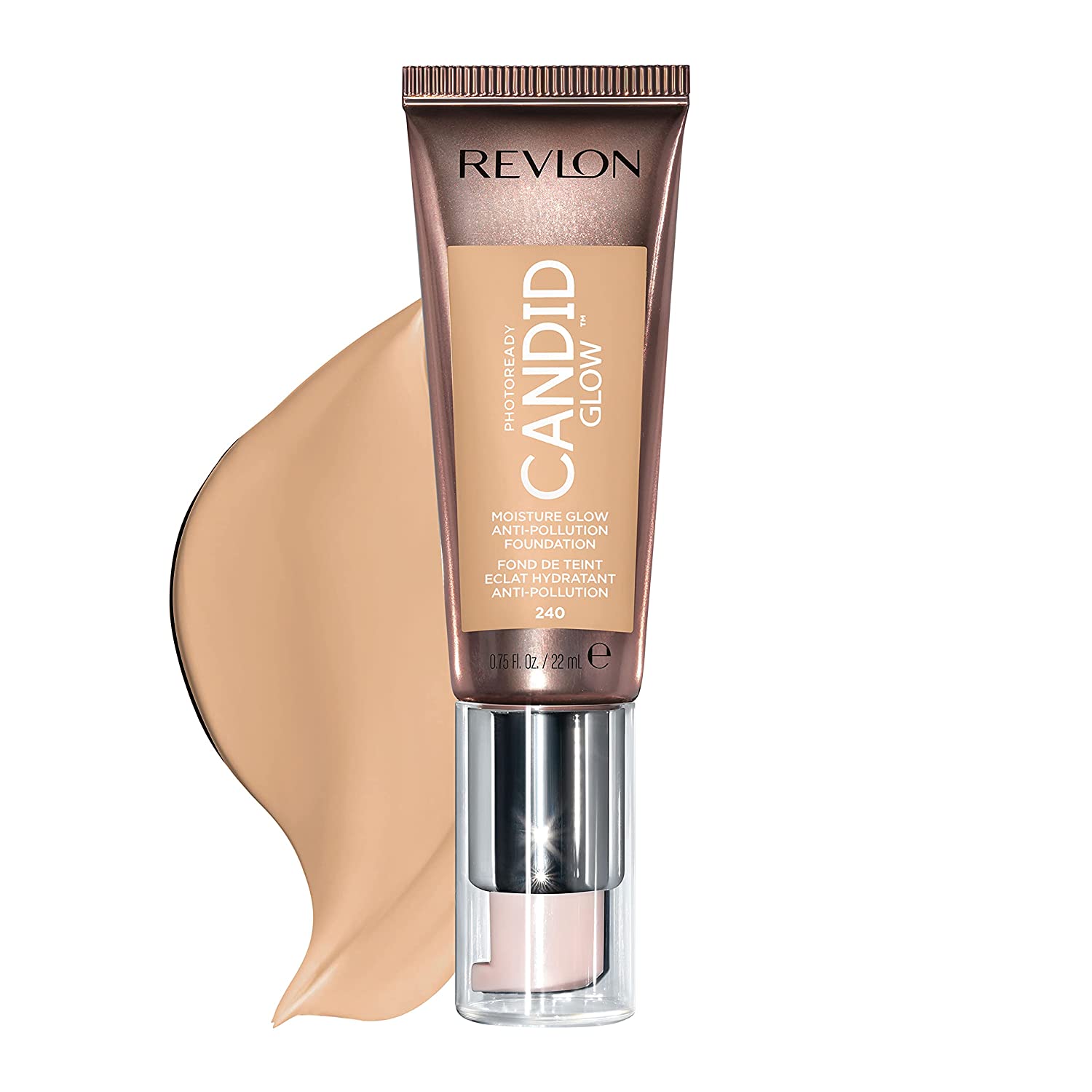Clinique Anti-Blemish Liquid Foundation For Dry Skin
Last updated: June 30, 2022
This liquid foundation glides on and can cover up most any blemish. There's no itching underneath, and no parabens in the ingredients to damage sensitive skin. The end result is a natural look that lasts throughout the day.
We looked at the top Foundations For Dry Skin and dug through the reviews from some of the most popular review sites. Through this analysis, we've determined the best Foundation For Dry Skin you should buy.
No products found.
Product Details
Key Takeaway: This liquid stays put on dry skin and moisturizes as it covers.
In our analysis of 14 expert reviews, the Clinique Anti-Blemish Liquid Foundation For Dry Skin placed 5th when we looked at the top 6 products in the category. For the full ranking, see below.From The Manufacturer
Clinique Anti-Blemish Solutions Liquid Makeup. CN 74 Beige. Skin type: Combination. Feels so fresh, looks so natural. Non-irritating, oil-free makeup helps blend away blemishes, neutralize redness. Medicated ingredients help treat existing breakouts and keep them from coming back.
